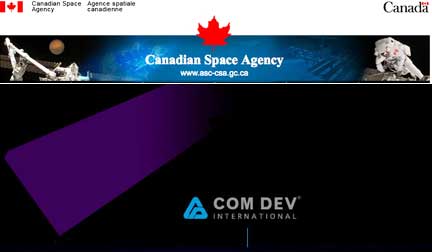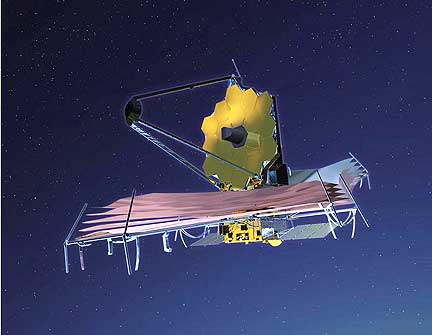 The Canadian Space Agency has delivered a test unit of its contribution to the James Webb Space Telescope, successor of the Hubble Space Telescope, to NASA’s Goddard Space Flight Center in Maryland.
The Canadian Space Agency has delivered a test unit of its contribution to the James Webb Space Telescope, successor of the Hubble Space Telescope, to NASA’s Goddard Space Flight Center in Maryland.
The arrival of the engineering test unit marks a major milestone for the Canadian team. The hardware has been put through its paces at the Canadian Space Agency’s David Florida Lab to ensure that the final version will function at peak performance. While all space missions undergo extensive testing, this step is particularly crucial for Webb: unlike Hubble, Webb will be located 1.5 million km from Earth, and will be too far away in space to be serviced by astronauts. Canada is providing Webb’s Fine Guidance Sensor (FGS), as well as one of the telescope’s four science instruments called the Tunable Filter Imager (TFI). Both are being built in Ottawa and Cambridge, Ontario, by COM DEV International for the Canadian Space Agency.

Artistic rendition of James Webb Space Telescope, courtesy of NASA
The Webb space telescope is an international collaboration between NASA, the European Space Agency, and the Canadian Space Agency. Scheduled for launch in 2014, Webb will be the first nexgen large space observatory and will serve thousands of astronomers worldwide for a planned lifetime of 10 years or more. Designed to detect light from as far away as approximately 14 billion light years, it will study every phase in the history of our Universe and its advanced technology will also enables it to discover hitherto unknown phenomena in the Universe.

